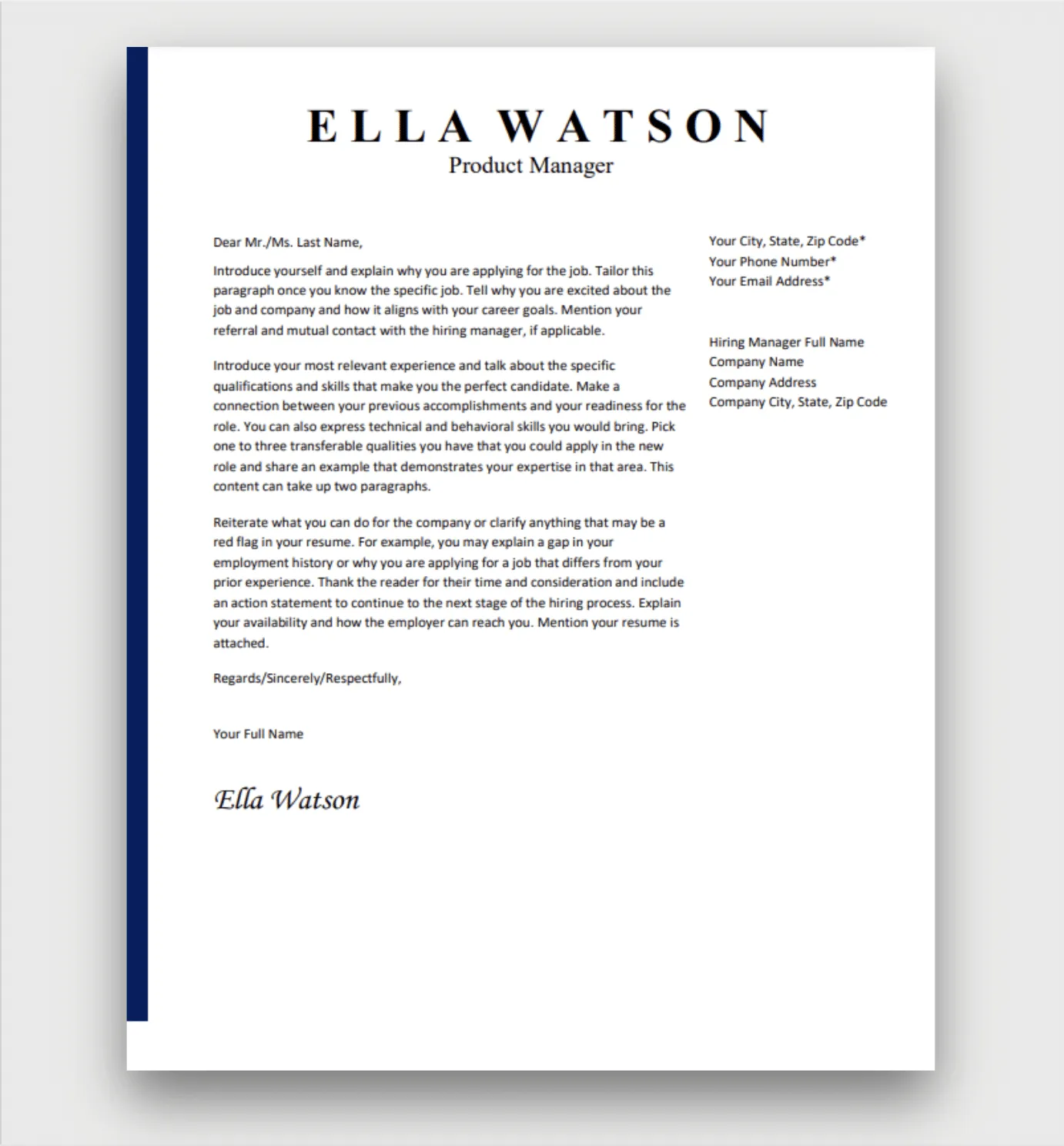What is a Cover Letter
A cover letter is a crucial document that accompanies your resume when applying for a job. It serves as your introduction to the hiring manager, providing an opportunity to showcase your personality, highlight your relevant skills and experience, and express your enthusiasm for the position. Unlike a resume, which offers a factual summary of your qualifications, a cover letter allows you to elaborate on your accomplishments, explain why you are a good fit for the company and role, and demonstrate your communication skills. A well-crafted cover letter can significantly increase your chances of getting noticed and securing an interview. It’s your first chance to make a positive impression and set yourself apart from other candidates.
The Importance of Cover Letters
Cover letters are more important than ever in the competitive job market. They provide a platform to demonstrate your unique value proposition. Hiring managers often use cover letters to assess your writing skills, attention to detail, and ability to communicate effectively. A strong cover letter can compensate for a perceived lack of experience or qualifications by showcasing your passion, transferable skills, and willingness to learn. It also gives you the opportunity to address any potential gaps in your resume and explain why you are a good fit for the company’s culture and values. By taking the time to write a personalized cover letter, you show that you are genuinely interested in the position and have taken the initiative to learn about the company.
Key Components of a Cover Letter
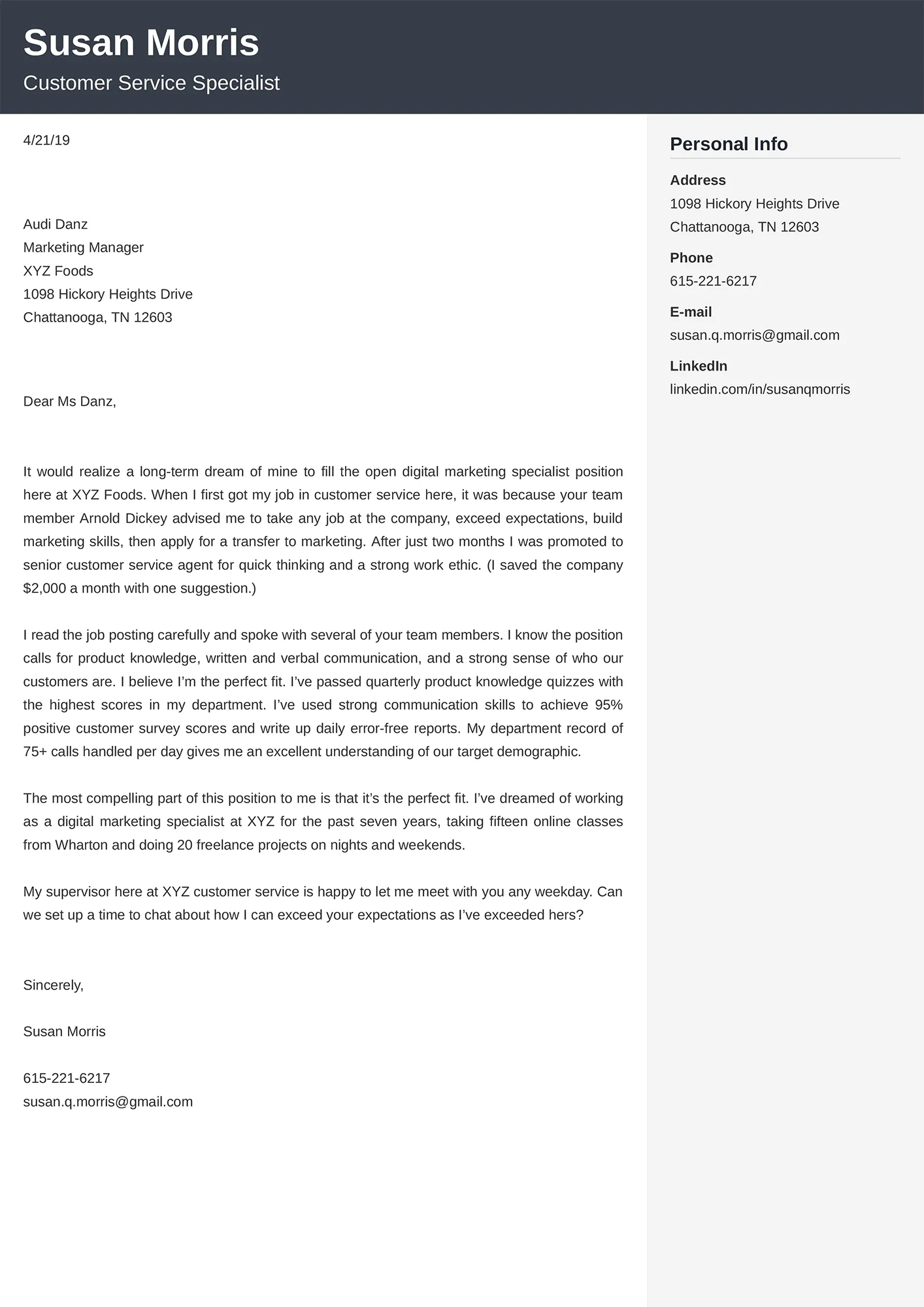
A well-structured cover letter follows a standard format, ensuring clarity and professionalism. Understanding the key components is essential for creating an effective cover letter that grabs the reader’s attention. Each section plays a vital role in conveying your message and highlighting your suitability for the role.
Your Contact Information
At the top of your cover letter, include your full name, phone number, email address, and optionally, your LinkedIn profile URL. This information should be clear and easy to find. Ensure your email address is professional and reflects your name. This allows the hiring manager to easily contact you.
The Date
Following your contact information, include the date you are submitting your cover letter. Use a standard date format (e.g., Month Day, Year) for consistency and professionalism. This helps the hiring manager know when the letter was written.
Hiring Manager’s Information
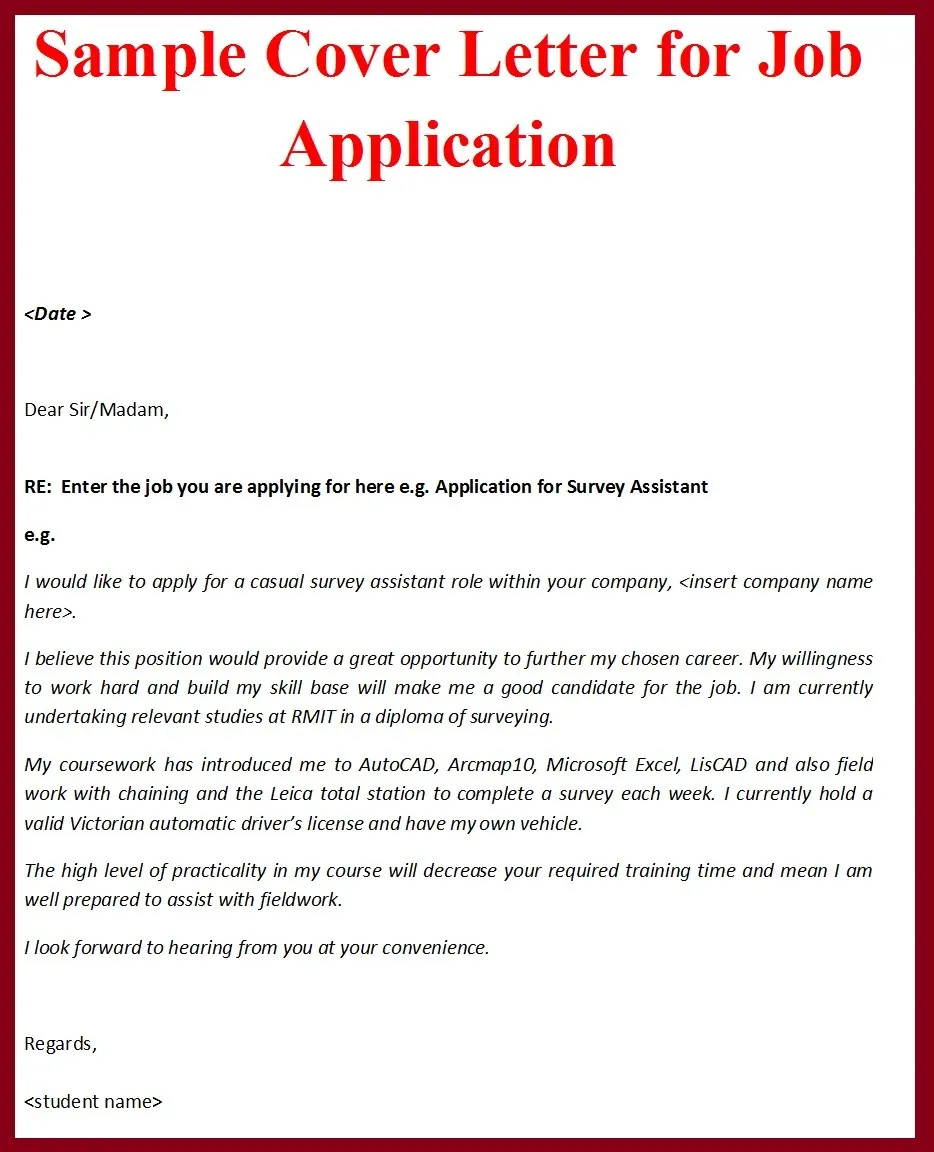
If possible, address your cover letter to a specific person, such as the hiring manager or the recruiter. Research the company’s website or LinkedIn to find the correct name and title. If you cannot find a name, use a professional greeting like ‘Dear Hiring Manager’ or ‘Dear [Department Name] Team’. Addressing the letter to a specific person shows that you have taken the time to personalize your application.
Salutation
Begin your cover letter with a professional salutation, such as ‘Dear Mr./Ms./Mx. [Last Name]’ or ‘Dear Hiring Manager’. Avoid generic greetings like ‘To Whom It May Concern’, as they can make your letter seem impersonal. Use the appropriate title (Mr., Ms., Mx.) based on the hiring manager’s preference, and make sure you spell the name correctly.
Opening Paragraph
Your opening paragraph should immediately grab the reader’s attention. State the position you are applying for and where you saw the job posting. Briefly explain why you are interested in the role and the company. Show your enthusiasm and make a strong first impression. Consider including a compelling statement about your key skills or a brief story that highlights your relevant experience.
Body Paragraphs
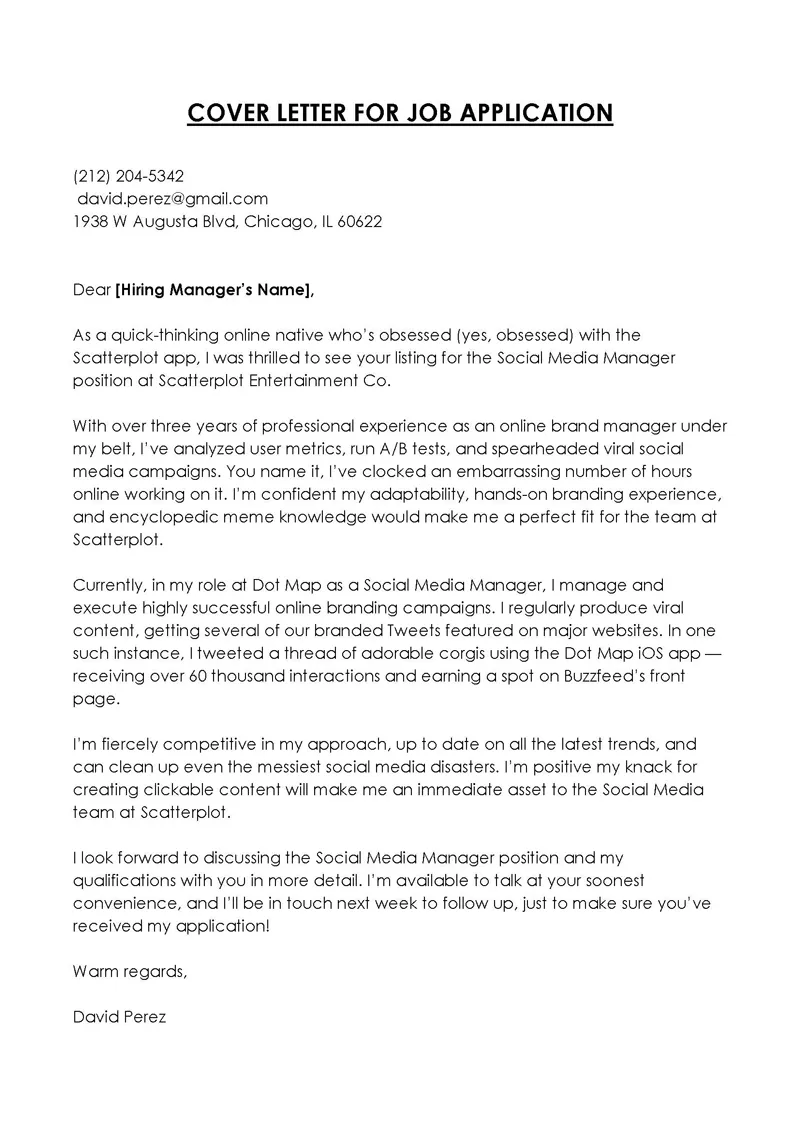
The body paragraphs are the heart of your cover letter, where you expand on your skills, experience, and qualifications. Focus on demonstrating how your abilities align with the job requirements. Provide specific examples of your accomplishments and quantify your achievements whenever possible. Use keywords from the job description to show that you understand the role and the company’s needs. Explain your interest in the company and highlight your understanding of their mission and values. Connect your skills and experiences to the specific requirements outlined in the job posting.
Highlighting Skills and Experience
In your body paragraphs, carefully highlight the skills and experiences that are most relevant to the job. Use action verbs to describe your accomplishments and demonstrate your impact. For example, instead of saying ‘I was responsible for managing projects’, say ‘I managed cross-functional projects, resulting in a 15% increase in efficiency’. Tailor your examples to match the requirements of the job description, showcasing the skills and qualifications that the employer is looking for. Provide clear and concise examples that illustrate your ability to perform the job duties successfully.
Quantifying Achievements
Whenever possible, quantify your achievements to make your impact more tangible. Use numbers and data to demonstrate the results of your work. For instance, instead of saying ‘I improved customer satisfaction’, state ‘I improved customer satisfaction scores by 20%’. Quantifying your achievements provides concrete evidence of your value and makes your cover letter more persuasive. This will make the hiring manager understand how you can contribute to the company. Use data to show the positive outcomes you delivered in your previous roles.
Closing Paragraph
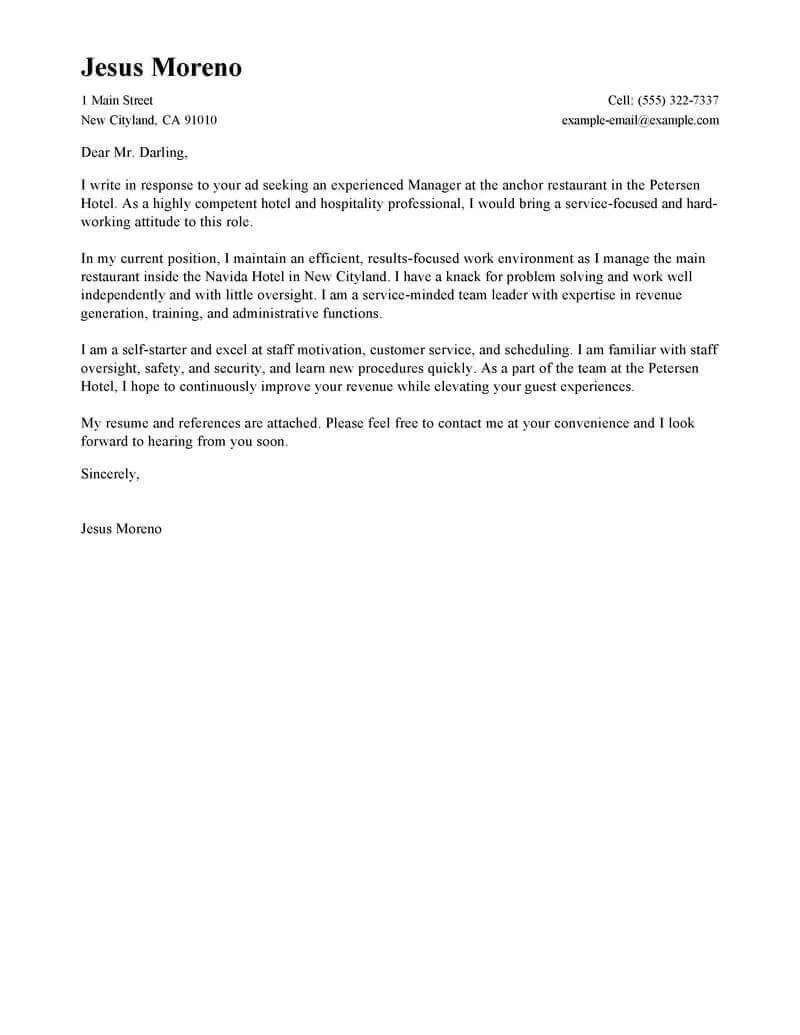
In your closing paragraph, briefly summarize your key qualifications and reiterate your enthusiasm for the position. Thank the hiring manager for their time and consideration. Express your interest in an interview and mention that you look forward to hearing from them soon. This reinforces your interest and leaves a positive final impression.
Call to Action
Include a clear call to action in your closing paragraph. This might be a statement like ‘I am eager to discuss my qualifications further in an interview’ or ‘I look forward to the opportunity to contribute to your team’. A strong call to action encourages the hiring manager to take the next step and consider your application. It makes it clear that you are actively seeking an interview and interested in the opportunity.
Sign-off
End your cover letter with a professional sign-off, such as ‘Sincerely’, ‘Regards’, or ‘Best regards’. Avoid overly casual sign-offs. Choose a sign-off that aligns with the tone of your letter and the company culture. Type your full name below the sign-off for clarity.
Formatting Your Cover Letter
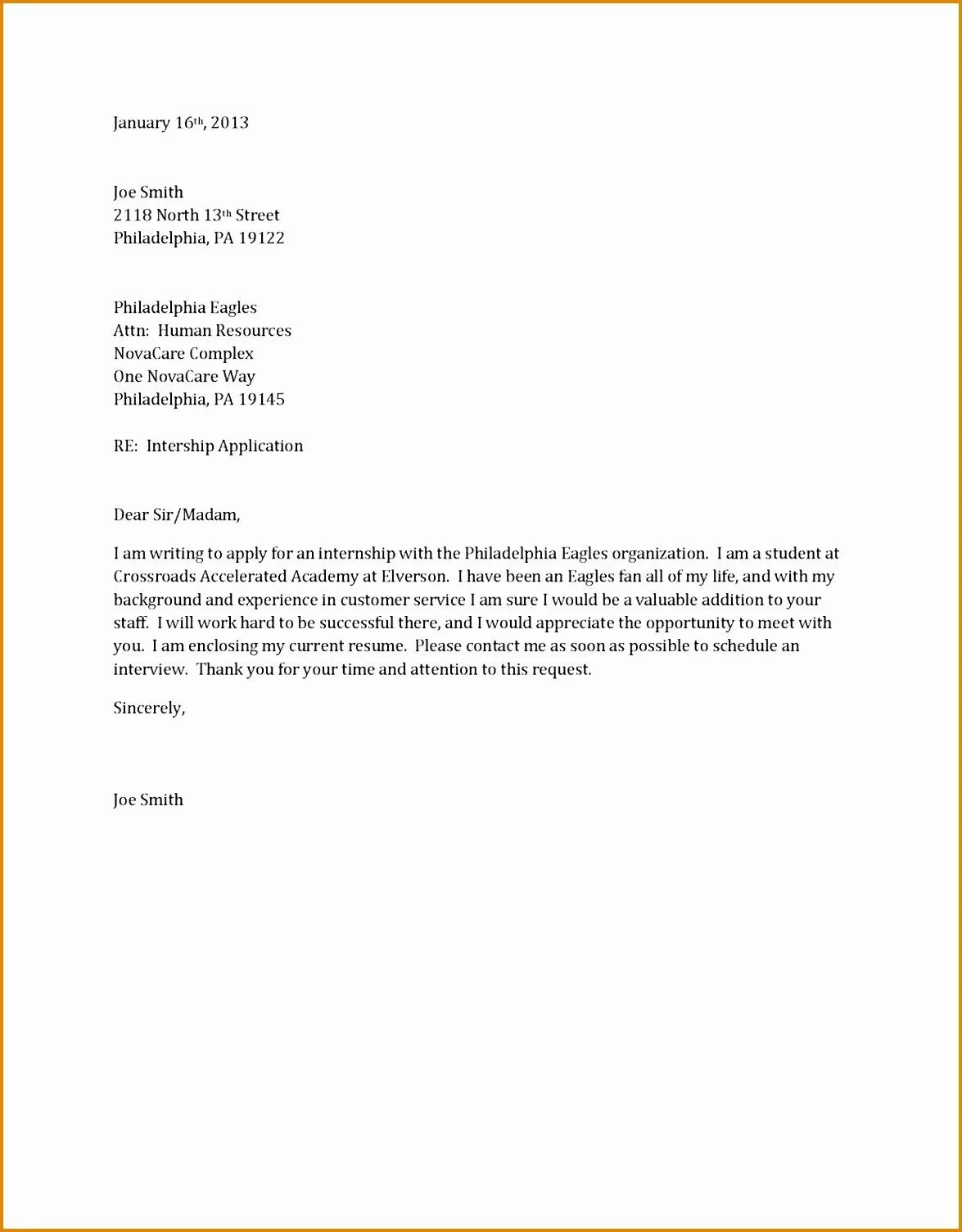
The formatting of your cover letter can significantly impact its readability and professionalism. Proper formatting ensures that your letter is easy to read and visually appealing, making it more likely that the hiring manager will take the time to review it carefully. Using a clean and consistent format, you’ll ensure your cover letter is easy on the eyes and conveys a professional image.
Font Selection and Size
Choose a professional and easy-to-read font, such as Times New Roman, Arial, Calibri, or Helvetica. Keep the font size between 10 and 12 points. Avoid using overly decorative fonts or those that are difficult to read. Consistency is key. Ensure the font and size are the same throughout the document. It helps the reader focus on the content instead of struggling with the visual aspect of the letter.
Margins and Spacing
Use standard 1-inch margins on all sides of your cover letter. Double-space between paragraphs for improved readability. Use single spacing within paragraphs. Proper spacing makes the text less dense and helps the hiring manager scan the content more easily. Maintaining consistent margins and spacing creates a clean and organized appearance.
Proofreading and Editing
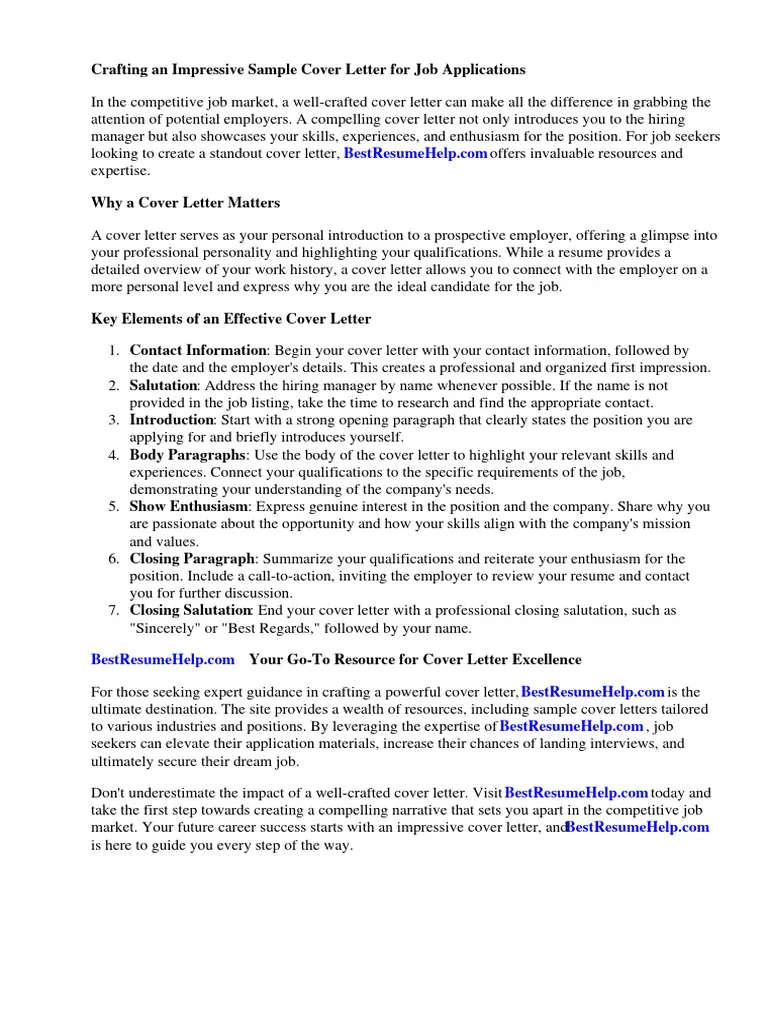
Proofreading and editing are critical steps in the cover letter writing process. A well-written cover letter showcases your attention to detail and professionalism. Always proofread your cover letter multiple times to catch any errors in grammar, spelling, and punctuation. Read it aloud to identify awkward phrasing or sentences. Ask a friend or family member to review your letter. A fresh pair of eyes can catch errors that you might have missed. Using grammar and spell check tools is very important.
Common Mistakes to Avoid
Avoiding common mistakes will enhance the effectiveness of your cover letter. Being aware of these pitfalls can help you create a strong and compelling letter that impresses the hiring manager and increases your chances of getting an interview. Here are some common mistakes to avoid when writing a cover letter.
Generic Content
Avoid using generic content that could apply to any job. Tailor your cover letter to each specific position, highlighting the skills and experiences that are most relevant to the job requirements. Generic cover letters demonstrate a lack of interest and effort. Customize your letter by researching the company and the role. Explain why you are interested in the company and how your skills align with their needs. Personalizing your letter shows the hiring manager that you have taken the time to understand the position and are truly interested in the opportunity.
Typos and Grammatical Errors
Typos and grammatical errors can undermine your credibility and make you appear unprofessional. Always proofread your cover letter carefully to catch any errors in spelling, grammar, and punctuation. Use spell-check and grammar-check tools, but also read the letter aloud to catch any awkward phrasing or unclear sentences. Ask a friend or family member to review your letter. Even minor errors can create a negative impression, so it is important to ensure that your cover letter is error-free.
Overly Formal Tone
While it is important to maintain a professional tone, avoid being overly formal or stiff. Write in a clear and conversational style that reflects your personality and enthusiasm. The hiring manager will look for a candidate with excellent communication skills. Use active voice and concise language. Avoid using jargon or overly complex sentences that might confuse the reader. Maintain a balance between professionalism and approachability, showcasing your skills and personality.
Cover Letter Samples
Reviewing cover letter samples can provide valuable insights into how to structure and write your own letter. Studying different examples can help you understand the various approaches to writing a cover letter. These samples will give you a starting point to follow and adapt for your specific needs.
Sample Cover Letter 1
This sample showcases a cover letter for a marketing position. The format includes the candidate’s contact information, date, and the hiring manager’s information. It highlights relevant marketing skills, experiences, and accomplishments. The opening paragraph introduces the candidate’s interest in the role, while the body paragraphs elaborate on the candidate’s experience. The closing paragraph summarizes the candidate’s qualifications and ends with a call to action, encouraging the hiring manager to reach out for an interview.
Sample Cover Letter 2
This example provides a cover letter for a project management role. The letter opens with a personalized greeting and an expression of interest in the position. The body paragraphs emphasize the candidate’s project management experience, mentioning specific projects and achievements. It also highlights the candidate’s ability to manage teams and deliver results. The closing paragraph reiterates the candidate’s enthusiasm and invites further discussion.
Sample Cover Letter 3
This sample provides a cover letter for a software engineer role. The letter emphasizes the candidate’s technical skills and related experiences. It highlights the candidate’s ability to solve problems and work in teams. The cover letter provides examples of previous projects. It also demonstrates the candidate’s knowledge of programming languages and software development methodologies. The closing paragraph includes a call to action and a thank you.
Tips for Tailoring Your Cover Letter
Tailoring your cover letter is crucial for maximizing its effectiveness. Adapting your letter to each specific job application shows that you have taken the time to understand the role and the company’s needs. It also allows you to highlight the skills and experiences that are most relevant to the specific position. Tailoring your letter can significantly improve your chances of getting noticed and securing an interview. Here are some tips for effectively tailoring your cover letter.
Researching the Company
Before writing your cover letter, research the company thoroughly. Visit their website, read about their mission and values, and understand their products or services. Researching the company shows your genuine interest in the organization. Understand their current projects and recent news. This will give you insights to tailor your letter accordingly. Use the information you gather to demonstrate why you are a good fit for their culture and how your skills align with their goals. This also helps you create a more compelling and personalized letter that resonates with the hiring manager.
Matching Skills to Job Requirements
Carefully review the job description and identify the key skills and qualifications that the employer is seeking. Then, highlight your relevant skills and experience in your cover letter. Providing specific examples of how you have demonstrated these skills in the past. Tailor your letter to show that you possess the qualifications that the employer values. Match your skills and experiences directly to the requirements listed in the job description. Use the same keywords and phrases from the job description in your letter. This helps the hiring manager quickly recognize that you have the necessary skills and experience.
Using Keywords
Incorporate keywords from the job description into your cover letter. This ensures that your letter gets noticed by applicant tracking systems (ATS), which scan resumes and cover letters for relevant keywords. Identify the most important keywords in the job description and use them strategically throughout your letter. Don’t simply stuff keywords into your letter, but integrate them naturally within your sentences. Using keywords ensures that your qualifications match the job requirements. It makes it easier for the hiring manager to see that you are a good fit for the role.
Cover Letter Submission Best Practices
Following best practices when submitting your cover letter ensures that your application is professional and well-received. Careful submission practices demonstrate attention to detail and improve your chances of getting an interview. Following these steps will help increase your chances of success.
Always save your cover letter as a PDF file. PDF files preserve the formatting, ensuring that your letter looks the same regardless of the recipient’s software or device. Use a professional file name, such as ‘Your Name_CoverLetter_JobTitle’. Always proofread your cover letter again before submitting. Double-check your contact information, the hiring manager’s name, and the company name to ensure accuracy. Send your cover letter and resume in the same email. Ensure that the attachments are clearly labeled. Personalize your email by writing a brief message. Thank the hiring manager for their time and consideration. These simple steps will increase your chances of a successful job application.
